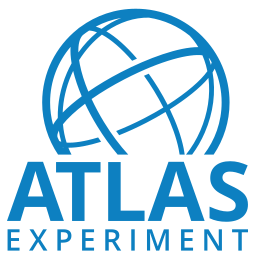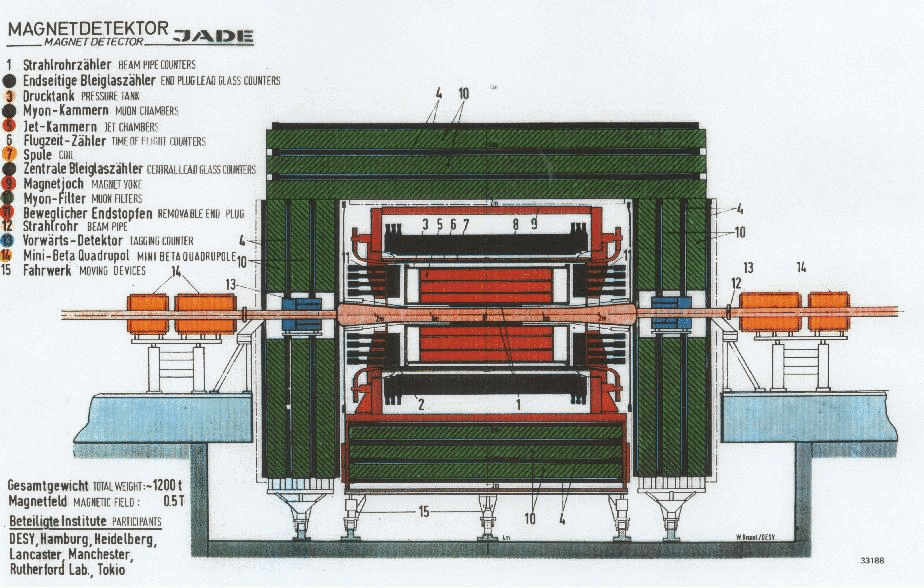CMS Simulated Dataset Names
What is the “simulated dataset” name?
It’s the part of the dataset name before the second 'slash', i.e. for the dataset
/GluGluToHToZZTo4L_M-550_7TeV-minloHJJ-pythia6-tauola/Summer11LegDR-PU_S13_START53_LV6-v1/AODSIM
the dataset name is
GluGluToHToZZTo4L_M-550_7TeV-minloHJJ-pythia6-tauola.
Convention
CMS uses the following convention for this name:
PROCESS_RANGETYPE-RANGELOWtoRANGEHIGH_FILTER_TUNE_COMMENT_COMENERGY-GENERATOR,
where
PROCESSis the physics process in the sample, e.g.QCD,TT,W,DYRANGETYPEis the variable the sample is binned in, e.g.PT,MRANGELOWis the lower bound of that range in GeV, e.g.0,10,200RANGEHIGHis the upper boundFILTERdenotes information on additional filters appliedTUNEis the underlying-event tune (e.g.TuneZ2Star)COMMENTfor additional commentsCOMENERGYis the centre-of-mass collision energy, e.g.7TeV,10TeVGENERATORis the generator used, e.g.pythia6,herwigpp,sherpa
Some details on all these parts are below.
PROCESS
To unify this part CMS uses the following conventions:
- all ‘particles’ start with capital letters, followed by minor letters, e.g.
W,Z,Mu,Tau,E,Nu,Wplus,H,Jets,Tbar,B,Bbar - if a specific decay is simulated, this is specified using the keyword
To, e.g.WToENu,HToWWTo2L2Nu - initial-state particles are only specified if needed to distinguish between other processes, e.g.
GluGluToWWwith respect toWW - charge for a particle is only specified if relevant, i.e.
Wplusis used if only W+ is in the sample, andTbarif an anti-top is present;WplusWminusis not used for W-pair production and a top-antitop pair is represented withTT - if there is (a) more then one particle of the same kind and (b) more then two particles in total, say,
2E2Nuis used rather thenEENuNu
The following conventions are applied for the most common particles:
| Particle | Keyword | modifications if needed |
|---|---|---|
| electron/positron | `E` | `Eminus`, `Eplus` |
| muon | `Mu` | `Muplus`, `Muminus` |
| tau | `Tau` | `Tauplus`, `Tauminus` |
| charged lepton | `L` | |
| neutrino | `Nu` | `Nue`, `Numu`, `Nutau`, `Nuebar`,… |
| W | `W` | `Wplus`, `Wminus`, `Wprime` |
| Z (no photon) | `Z` | `Zprime` |
| Z/photon (Drell-Yan) | `DY` | |
| photon | `G` | |
| gluon | `Glu` | |
| top | `T` | `Tbar`, `Tprime` |
| bottom | `B` | `Bbar`, `Bprime` |
| quark | `Q` | `Qbar` |
| jet | `Jet` | `Jets` for more than one (inclusive); `1Jet`, `2Jets`, … for exclusive |
| jet | `J` | for decay products, if both quarks and gluons are produced |
RANGETYPE, RANGELOW, RANGEHIGH
This part denotes the variable (if at all) in which the sample is binned. Typical possibilities are Pt (pthat), M (inv. mass), as well as the range for this variable. This part of the name may also be used togther with M to specify the mass of a particle that is used as a parameter (e.g. Higgs mass, Z′ mass, …). Examples are
Pt-100To200for binning in pthat from 100 GeV to 200 GeVPt-50if there is only a lower cut on pthatM-30as a lower inv. mass cut (e.g. in Drell-Yan)M-160for Higgs mass of 160 GeV
If needed, the variable may be accompanied by specification of the particle in the process on which the cut is applied:
PtW-300if there is a lower cut on the W pthat
This part of the dataset name may be dropped if there is no binning, inv. mass cuts etc.
FILTER
This part specifies a GEN-level filter for the production, if present. The part is however not standardised; here a few examples:
EMEnriched: some filter — enriching the sample with electrons/photons — is appliedMuEnriched: GEN-level filter on MuonsMuEnrichedPt5: cut on GEN-level muons of 5 GeV
COMMENT
Used only if necessary information could not be put in any of the other fields. e.g. only QCD or only EWK production, special selections etc.
COMENERGY and GENERATOR
Units are added to integers in COMENERGY, i.e. 7TeV, 10TeV, 900GeV, 2360GeV and so on.
The generators used are:
| Generator | Keyword |
|---|---|
| Pythia6 | `pythia6` |
| Pythia8 | `pythia8` |
| Herwig6 | `herwig6` |
| Herwig++ | `herwigpp` |
| Sherpa | `sherpa` |
| MadGraph | `madgraph` |
| MadGraph **not showered with Pythia6** | `madgraph-herwigpp`, … |
| Alpgen | `alpgen` |
| Alpgen **not showered with Pythia6** | `alpgen-herwig6`, … |
| MC@NLO | `mcatnlo` |
| MC@NLO **not showered with Herwig6** | `mcatnlo-pythia6`, …`` |
| POWHEG | `powheg` |
| POWHEG **not showered with Pythia6** | `powheg-pythia8`, … |
| HARDCOL | `hardcol` |
| BCVEGPY 2 | `bcvegpy2` |
| … | … |
If a specialised decay tool was used, it was appended to the name, e.g. if EvtGen was used after Pythia6, the keyword would be …-pythia6-evtgen.








